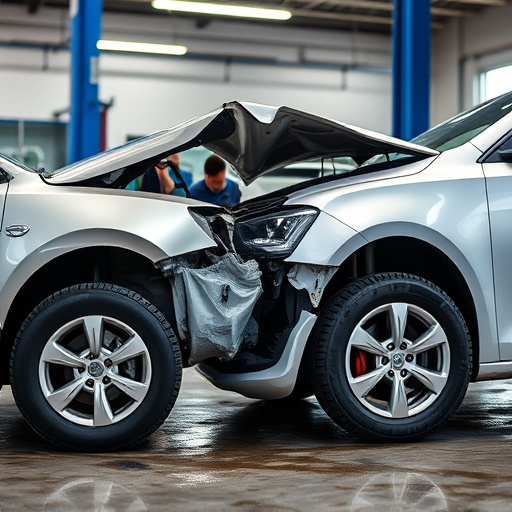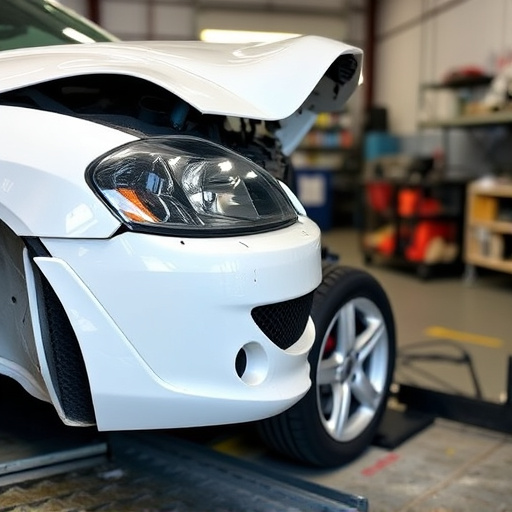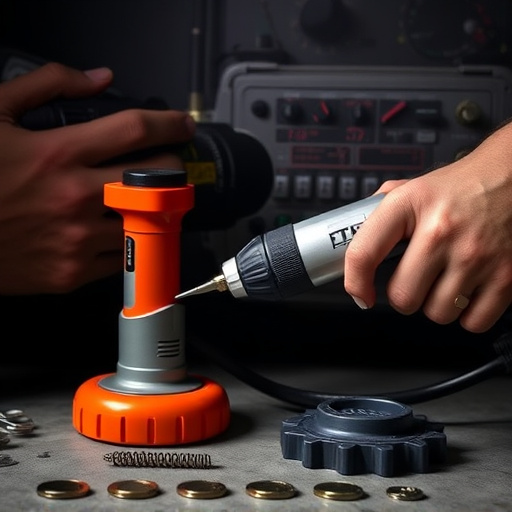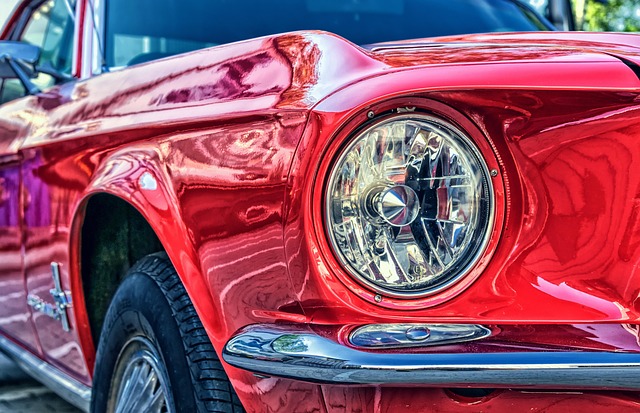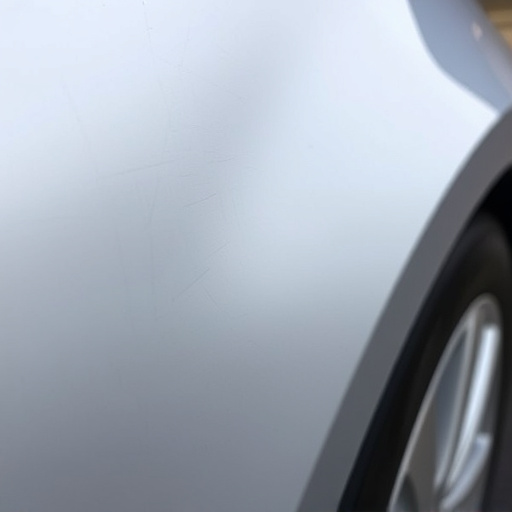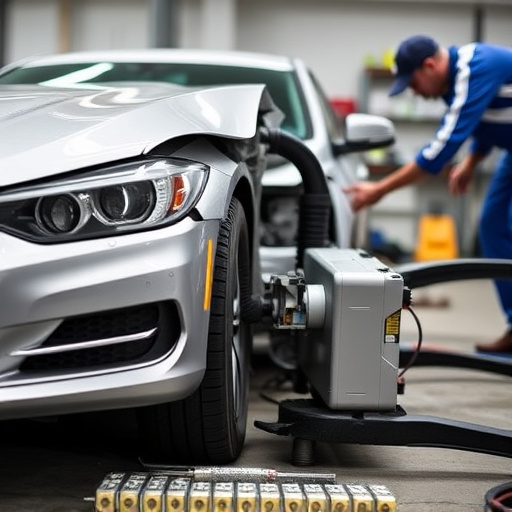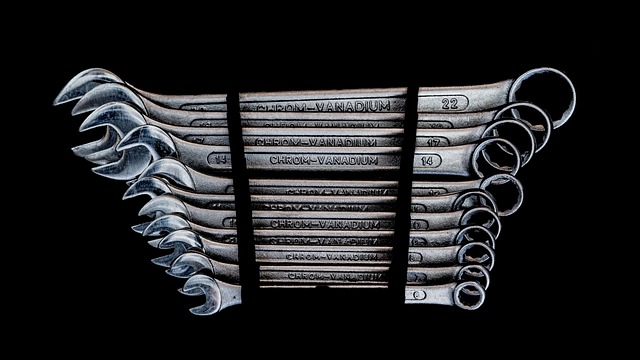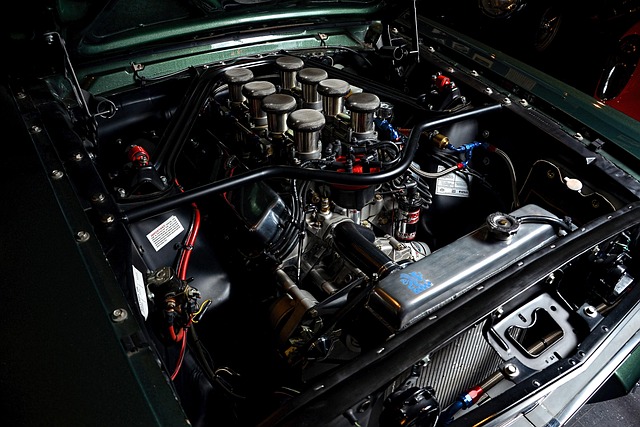Paintless Dent Repair (PDR) is a specialized technique ideal for fixing dents and scratches on vehicle surfaces, especially aluminum panels. It offers faster repair times, reduced costs, and minimal color mismatch risk compared to traditional bodywork methods. PDR preserves the car's aesthetic appeal and resale value by removing dents without damaging the factory finish. This eco-friendly approach is particularly effective for modern cars with intricate designs, offering a cost-effective solution for aluminum panel repair while maintaining vehicle integrity and appearance.
In the realm of automotive repairs, Professional Detailing Repair (PDR) has emerged as a game-changer for aluminum panel restoration. Unlike traditional bodywork, PDR offers a precise and cost-effective solution for damaged aluminum surfaces. This article delves into the advantages of PDR for aluminum panels, exploring when it’s the ideal choice over conventional methods. We’ll highlight the benefits and considerations, providing insights to help folks make informed decisions regarding their aluminum repairs.
- Understanding PDR and Its Advantages for Aluminum Panels
- When is PDR the Ideal Choice Over Traditional Bodywork?
- Benefits and Considerations for Choosing PDR for Aluminum Repairs
Understanding PDR and Its Advantages for Aluminum Panels
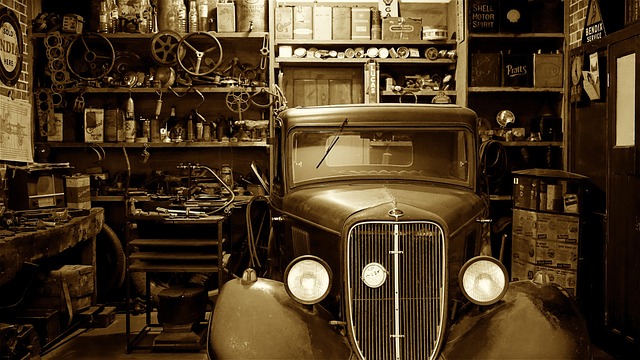
Paintless dent repair (PDR) is a specialized technique for fixing dents and scratches on vehicle surfaces, particularly aluminum panels. Unlike traditional bodywork methods that may involve sanding or painting, PDR leverages advanced tools and techniques to remove dents without damaging the factory finish. This non-invasive approach is highly advantageous for aluminum panels due to their inherent properties. Aluminum is lightweight, corrosion-resistant, and inherently durable, making it a popular choice in modern car manufacturing. However, its soft metal nature can make it susceptible to dents and dings, especially in areas prone to impact, such as doors and fenders.
PDR offers several benefits for aluminum panel repair. Firstly, it preserves the original factory paint job, maintaining the vehicle’s overall aesthetic appeal and resale value. Secondly, PDR is significantly faster and less labor-intensive compared to conventional bodywork, resulting in shorter repair times and reduced costs. Furthermore, since PDR doesn’t require sanding or repainting, there’s minimal risk of color mismatch or other painting defects that can occur with traditional methods. This makes PDR an attractive option for car owners seeking a quick, effective, and cost-efficient solution for car scratch repair and restoration, while ensuring the integrity and appearance of their aluminum panels remains intact.
When is PDR the Ideal Choice Over Traditional Bodywork?
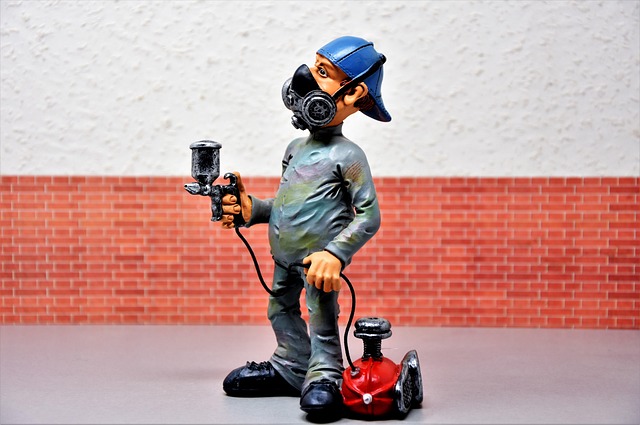
When it comes to repairing aluminum panels on vehicles, particularly those with modern designs and complex shapes, PDR (Paintless Dent Repair) stands out as an ideal choice over traditional bodywork methods. Unlike conventional auto painting and auto body services that can be time-consuming and involve extensive sanding and repainting, PDR offers a more efficient and environmentally friendly solution. This non-invasive technique is particularly suitable for minor dents, dings, and scratches on aluminum panels, preserving the original factory finish and overall vehicle aesthetics.
PDR is especially valuable in cases of minor vehicle collisions or when dealing with unique automotive designs where traditional bodywork could lead to unsightly color mismatches or alterations in the panel’s contour. By leveraging specialized tools and techniques, PDR specialists can effectively remove dents without damaging the surrounding paintwork, ensuring the vehicle retains its original look and value. This makes it a cost-effective and practical alternative for owners seeking top-notch auto collision repair while preserving the integrity of their aluminum panels.
Benefits and Considerations for Choosing PDR for Aluminum Repairs
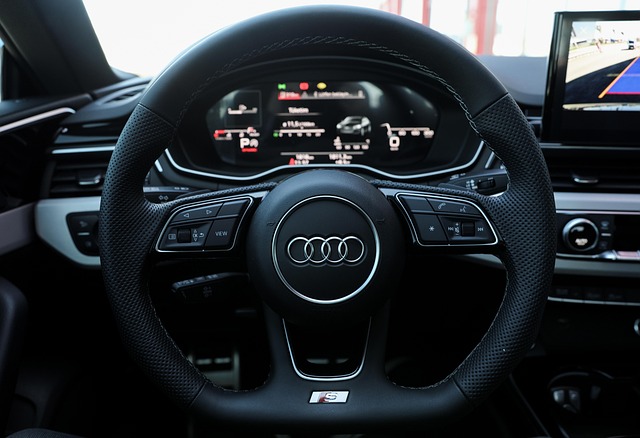
Choosing PDR (Paintless Dent Repair) for aluminum panel repairs offers a host of benefits, particularly when compared to traditional bodywork methods. One of the primary advantages is the minimal disruption to the vehicle’s surface. PDR techniques allow for the removal of dents and dings without sanding or replacing entire panels, preserving the original finish and appearance of the aluminum. This non-invasive approach not only saves time but also reduces costs associated with more extensive repairs, making it a cost-effective solution for both owners and auto body shops.
Additionally, PDR is environmentally friendly, as it minimizes waste generation by eliminating the need for new paint or panel replacement. This aspect is significant in the automotive industry’s ongoing efforts to reduce its carbon footprint. The process also ensures superior results in terms of color match and finish quality, enhancing the overall aesthetics of the vehicle. For aluminum panels, PDR is particularly effective due to their unique properties, including corrosion resistance and light weight. By opting for PDR, vehicle owners can maintain these advantages while restoring their aluminum panels to their original condition, contributing to both aesthetic satisfaction and efficient auto maintenance practices.
PDR (Paintless Dent Repair) offers a cost-effective and efficient solution for repairing dents in aluminum panels, making it an ideal choice over traditional bodywork in specific scenarios. By utilizing specialized tools and techniques, PDR minimizes damage, preserves the original finish, and reduces downtime. When considering repairs, evaluating the extent of the dent, the vehicle’s age, and budget can help determine if PDR for aluminum panels is the best course of action, ensuring a seamless and durable repair.

